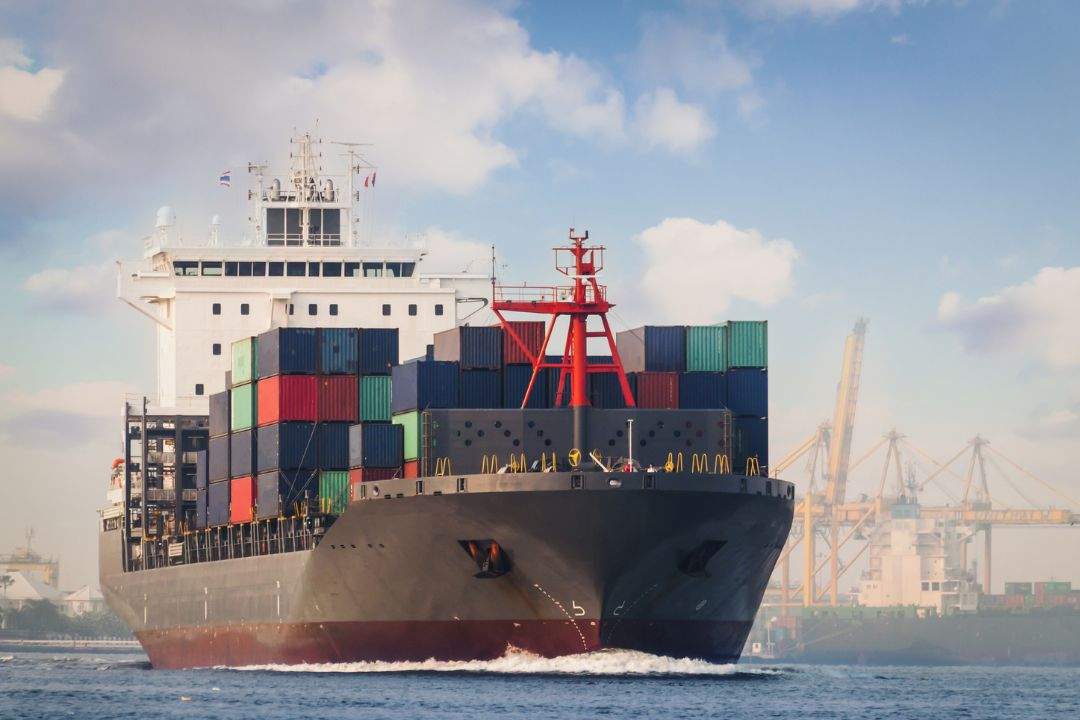Table of Contents
Commerce operates within an expansive and intricately linked network, with the transportation industry serving as its beating heart. The vitality of commerce relies on transportation that’s both efficient and dependable, enabling the seamless movement of goods across extensive distances.
In this blog, we delve into the various types of transportation pivotal to the commerce industry, placing a special focus on sea freight—one of the earliest and most consequential modes of transportation.
Road Transportation
The most common and visible mode of transportation, road transportation, involves the movement of goods via trucks, vans, and other motor vehicles. This mode is particularly essential for short and medium-distance hauls, providing flexibility and accessibility to even the most remote locations. Despite its prevalence, road transportation faces challenges such as traffic congestion, fuel costs, and environmental concerns.
Rail Transportation
Rail transportation offers a cost-effective and eco-friendly alternative for moving goods over long distances. Trains can carry massive quantities of cargo and are well suited for transporting raw materials and bulk goods. Rail networks form critical arteries in the transportation infrastructure, connecting various regions and ensuring the smooth flow of goods across the country.
Air Transportation
When speed is of the essence, air transportation takes the lead. Cargo planes transport high-value and time-sensitive goods across continents in a matter of hours. While air transportation is efficient, it comes at a higher cost compared to other modes and is primarily reserved for premium and urgent shipments.
Pipeline Transportation
Primarily used for liquids and gases, pipeline transportation is a specialized mode of transportation that ensures the safe and efficient movement of commodities like oil, natural gas, and chemicals. Pipelines are a critical component of the commerce industry, providing a continuous and reliable flow of materials.
Sea Freight
Seafreight, also known as maritime shipping, stands out as one of the oldest and most fundamental modes of transportation in global commerce. With the majority of the Earth’s surface covered by water, sea freight connects continents and nations, facilitating the international trade of goods on a massive scale. Sea freight can be further categorized into two main types:
Container Shipping:
- Container shipping has revolutionized the way goods are transported globally. Standardized containers allow for easy handling, transfer, and tracking of goods. This method ensures the security of cargo and enables seamless transitions between different modes of transportation.
Bulk Shipping:
- Bulk shipping involves the transportation of unpackaged goods, such as raw materials and commodities, in large quantities. Common bulk cargo includes grains, minerals, and liquids. Bulk carriers are specially designed to accommodate these types of goods and play a crucial role in supporting various industries.
In the ever-evolving landscape of the commerce industry, transportation remains a dynamic and integral component. Each mode of transportation serves a unique purpose, catering to different needs and demands. Sea freight, with its historical significance and global reach, stands tall as a symbol of the interconnectedness that defines the modern commerce industry.
As technology advances and environmental concerns take center stage, the transportation industry continues to adapt, ensuring the efficient and sustainable movement of goods around the world.
